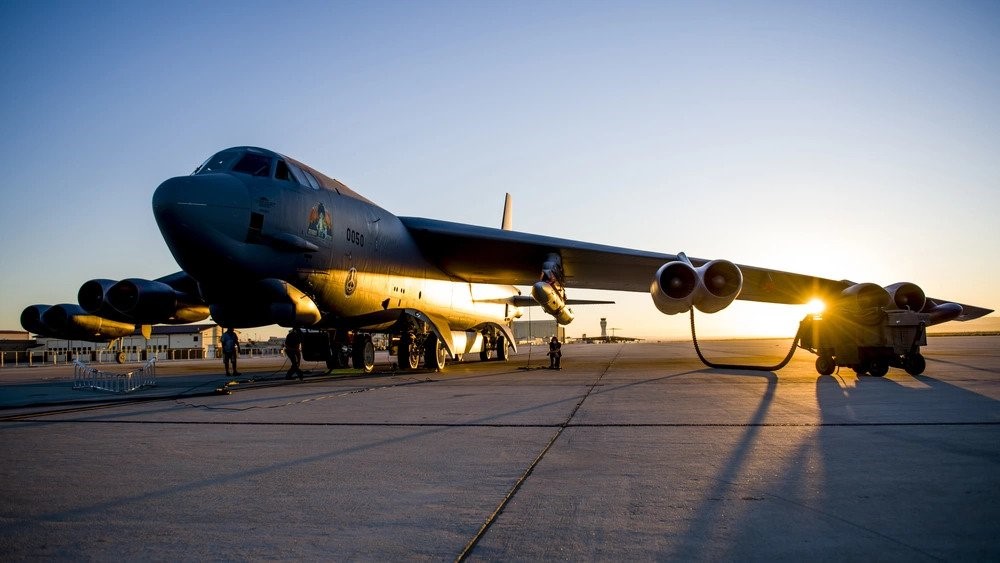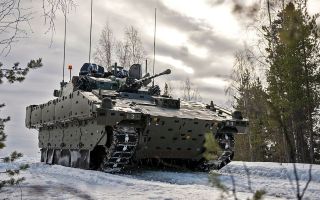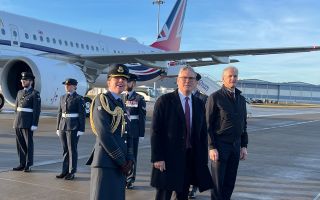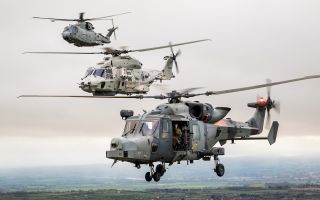
US successfully tests hypersonic missiles, as Russia and China arms race develops

The US Air Force has successfully tested a plane-mounted hypersonic missile developed by Lockheed Martin.
It comes amid growing concerns Russia and China have had more success developing their own hypersonic weapons.
The Pentagon reported successfully testing two Lockheed Martin Corp hypersonic missiles, called an Air-Launched Rapid Response Weapon (ARRW) booster, off the coast of California.
During the ARRW test on Wednesday, it was carried aloft under the wing of a B-52H aircraft before being launched towards its target.
It was reported that in previous US tests, the weapon did not detach from the aircraft.
"This second successful test demonstrates ARRW's ability to reach and withstand operational hypersonic speeds, collect crucial data for use in further flight tests, and validate safe separation from the aircraft," Lockheed said in a statement.
Air Force Brigadier General Heath Collins, program executive officer, Armament Directorate, said: "We have now completed our booster test series and are ready to move forward to all-up-round testing later this year."
The "all-up-round" includes the booster and the warhead.
Hypersonic weapons travel in the upper atmosphere at more than five times the speed of sound or about 6,200km (3,853 miles) per hour.
In a separate and similarly successful hypersonic weapon test, America's Defence Advanced Research Projects Agency (DARPA) confirmed it successfully demonstrated its Operational Fires hypersonic weapon programme.
Operational Fires is a ground-launched system that will "rapidly and precisely engage critical, time-sensitive targets while penetrating modern enemy air defenses".
DARPA has requested and received $45m for OpFires this year.
The successful tests show progress among the myriad US hypersonic weapons development efforts, which have in some cases been hindered by failed tests, growing questions about cost and increasing concerns the US is falling behind in what has become a superpower arms race.
One of Lockheed Martin's concepts for the DARPA weapon is to use an exiting High Mobility Artillery Rocket System (HIMARS)
launcher, like those sent to Ukraine, to launch the weapon.
Watch: What is HIMARS?
In June, the United States agreed to provide Ukraine with HIMARS as part of a new multi-hundred-million-pound support package.
These successful tests come after a failed June 29 test flight of a different type of hypersonic weapon, the Common Hypersonic Glide Body, at the Pacific Missile Range Facility in Hawaii.









